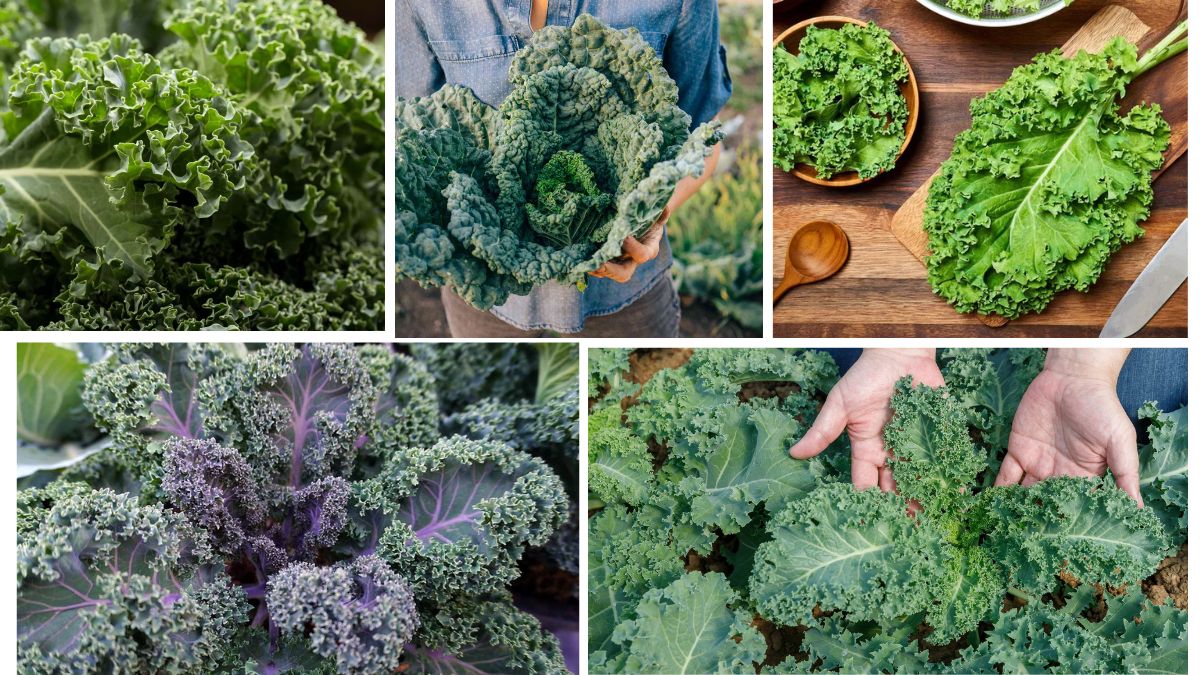Kale, a leafy green vegetable belonging to the Brassica family, has gained global recognition not just for its nutritional profile but also for its economic and agricultural significance. Often labeled a “superfood,” kale is rich in vitamins A, C, and K, as well as calcium, antioxidants, and fiber. This cruciferous vegetable plays a prominent role in modern healthy diets and is cultivated across various parts of the globe. But the question remains—which country is the largest kale producer in the world? The answer lies in a combination of agricultural technology, dietary trends, climate adaptability, and market demand.
A Brief Overview of Kale
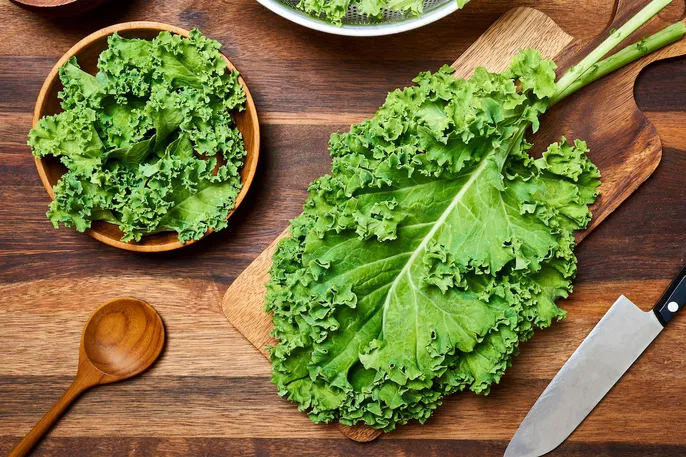
Before diving into the global statistics, it’s essential to understand kale itself. Scientifically known as Brassica oleracea (Acephala group), kale has multiple varieties, including curly kale, lacinato (or dinosaur) kale, and red Russian kale. It thrives in cool climates and is known for its hardiness and resistance to frost, making it a suitable crop for many regions around the world.
Kale is widely consumed in salads, smoothies, chips, soups, and even juices. Its versatility and health benefits have led to increased production in several countries, particularly over the past two decades.
Global Production Trends
Kale is cultivated globally, with notable production in North America, Europe, and Asia. However, a few countries stand out in terms of both scale and consistency. These include:
- United States
- China
- Germany
- India
- South Korea
- United Kingdom
Each of these nations contributes significantly to global kale supply, but only one leads the race as the largest producer.
The Largest Kale Producer in the World: China
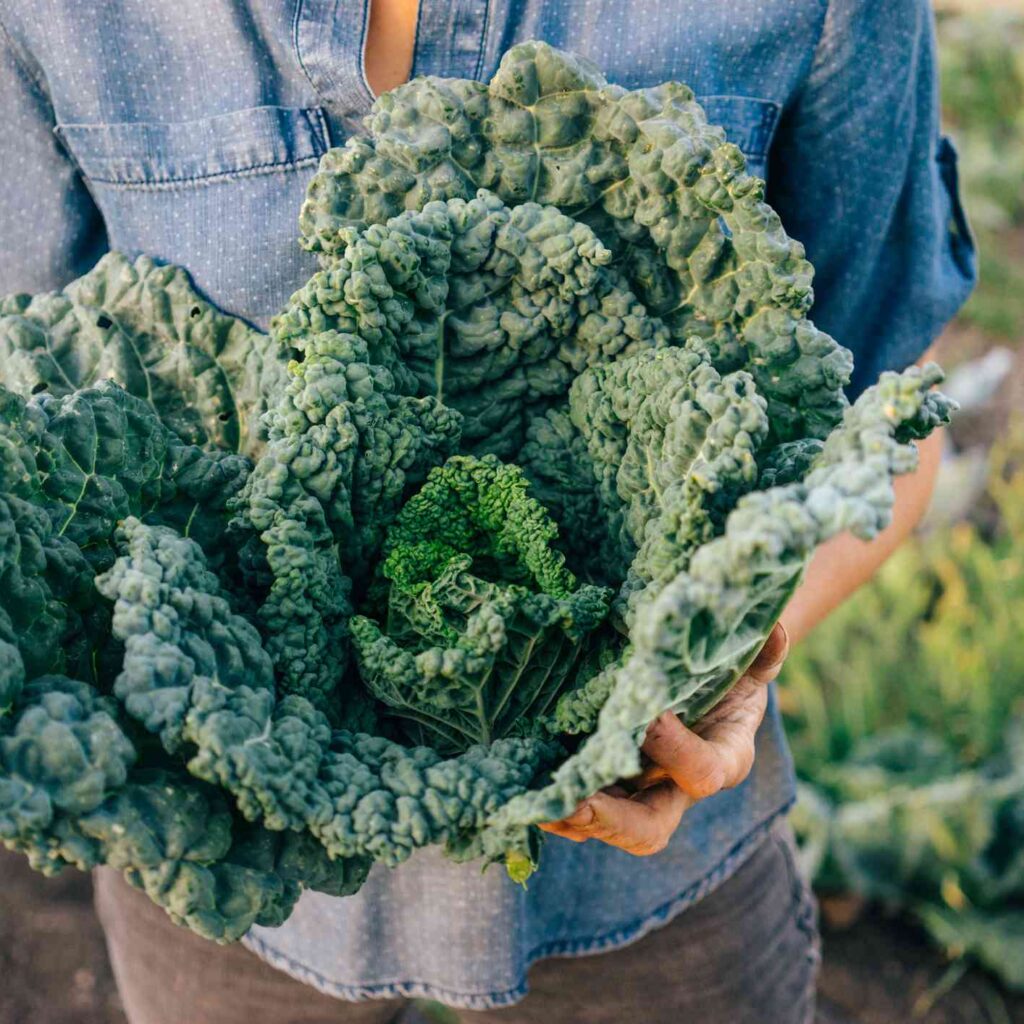
After analyzing global agricultural data, China emerges as the largest kale producer in the world. While exact data for kale-specific production is not always separated from other leafy greens like Chinese cabbage or mustard greens, agricultural reports and regional farming practices confirm that China’s production volume of kale outpaces that of any other country.
Why China Leads in Kale Production
Several key factors contribute to China’s top position in kale production:
1. Massive Agricultural Land Base
China has an extensive land area dedicated to vegetable farming. Although kale is just one of the many leafy greens grown, it is widely cultivated due to its adaptability and rising domestic demand.
2. Government Support and Agricultural Policies
China’s government supports intensive vegetable cultivation, particularly in peri-urban and rural regions. Subsidies, research investments, and modern greenhouse technologies have fueled kale and leafy green production.
3. Export Market and Local Consumption
Kale is both consumed domestically and exported in bulk. With the rise in global demand for superfoods, China has leveraged its agricultural infrastructure to cater to international markets, including the U.S., Europe, and neighboring Asian countries.
4. Climate Suitability
Large parts of China, particularly provinces like Yunnan, Sichuan, and Guangdong, offer the ideal climate and altitude for kale farming. The cool temperatures and adequate rainfall in these regions support robust kale growth year-round.
5. Use in Traditional and Modern Cuisines
While kale is more associated with Western diets, Chinese cuisine incorporates kale-like greens, often stir-fried or steamed. Additionally, modern urban populations in cities like Beijing and Shanghai have adopted kale in salads, smoothies, and health-conscious diets.
Comparison with Other Major Producers
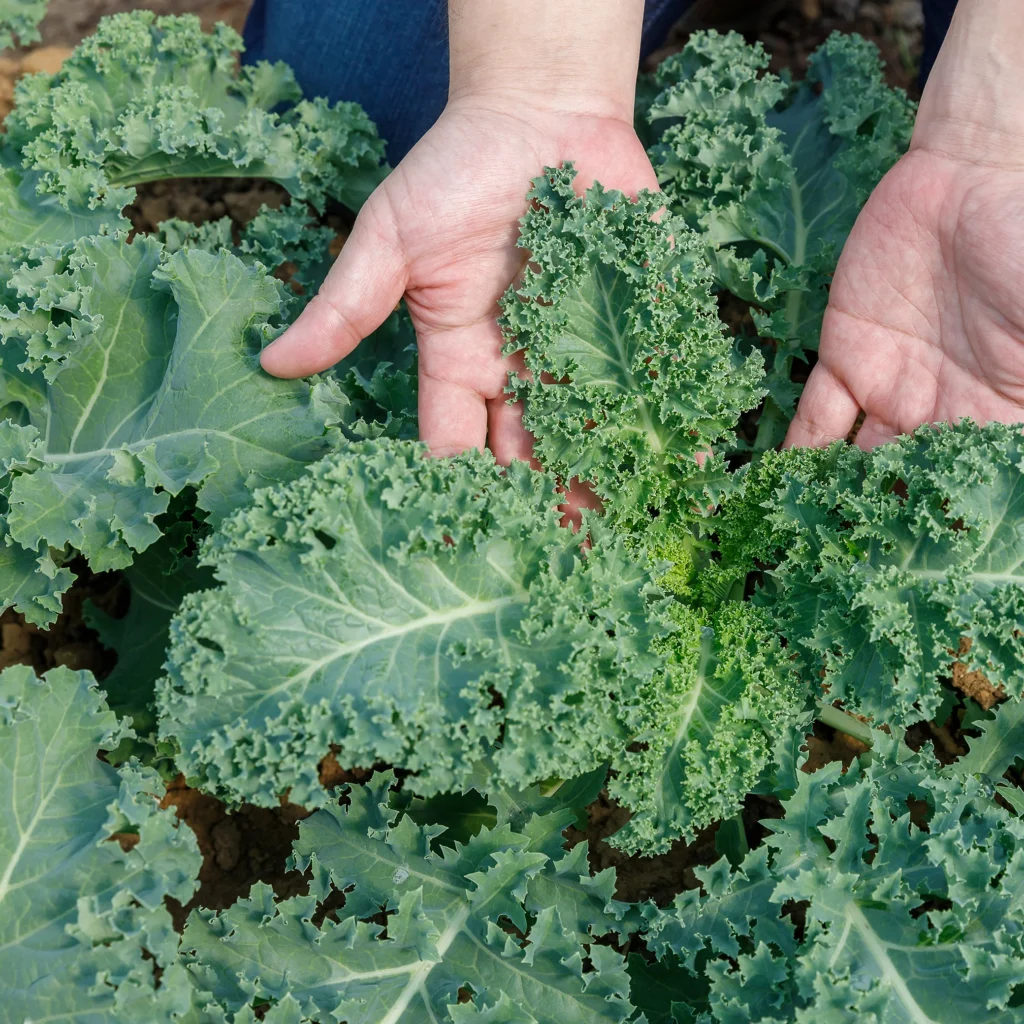
United States
The U.S., particularly California, is a leading commercial producer of kale. The “kale craze” hit the U.S. around 2010, spurring a health movement that rapidly expanded production. States like California, Georgia, and Texas grow kale both for fresh consumption and processed foods (like kale chips). Despite its high visibility and popularity, the U.S. still ranks below China in overall production volume.
Germany and the United Kingdom
Both Germany and the UK have traditional dishes that incorporate kale—Grünkohl in Germany and bubble and squeak in the UK. Though they maintain steady production and have strong regional markets, their output is not sufficient to match Asian powerhouses.
India
Kale farming in India is growing, especially in cooler regions like Himachal Pradesh, Uttarakhand, and Kashmir. While the crop is not yet mainstream, the rising awareness of its nutritional benefits and the export potential could push India higher in the rankings in the future.
South Korea
South Korea grows a moderate amount of kale, and it is often used in green juices and traditional dishes. However, the scale remains limited compared to China.
Economic Significance of Kale in China
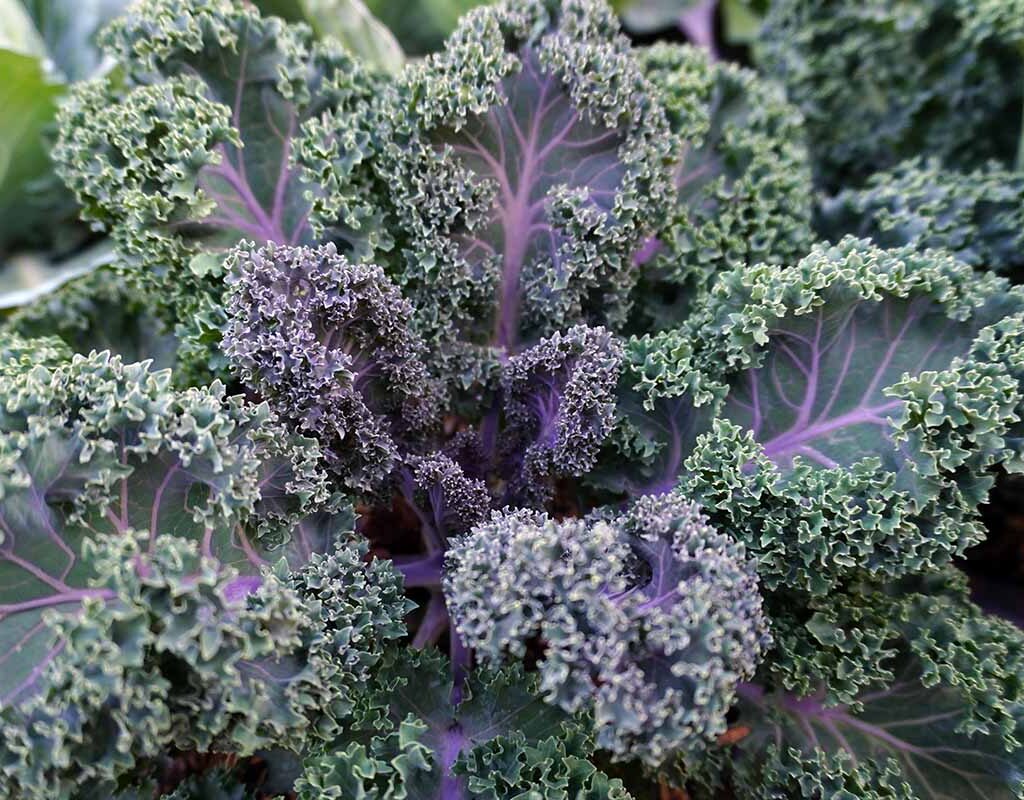
Export Revenue
While kale may not account for the largest share of China’s agricultural exports, it is a high-value product. It is often included in premium vegetable exports targeting health-conscious markets in North America and Europe.
Domestic Market Value
The domestic Chinese health food market has experienced exponential growth, and kale plays a role in this evolution. Urban supermarkets, organic food stores, and health cafes increasingly feature kale, contributing to the domestic market’s economic value.
Future Outlook
China’s dominance in kale production is expected to continue for several reasons:
- Sustained Domestic Demand: The shift toward health-oriented diets is not a fad but a long-term trend in China’s urban centers.
- Technological Advancements: With innovations in greenhouse farming, vertical agriculture, and organic cultivation, China is poised to boost production even further.
- Expansion into New Markets: As demand grows globally, China is well-positioned to cater to emerging markets in Southeast Asia, the Middle East, and Africa.
Challenges and Sustainability Concerns
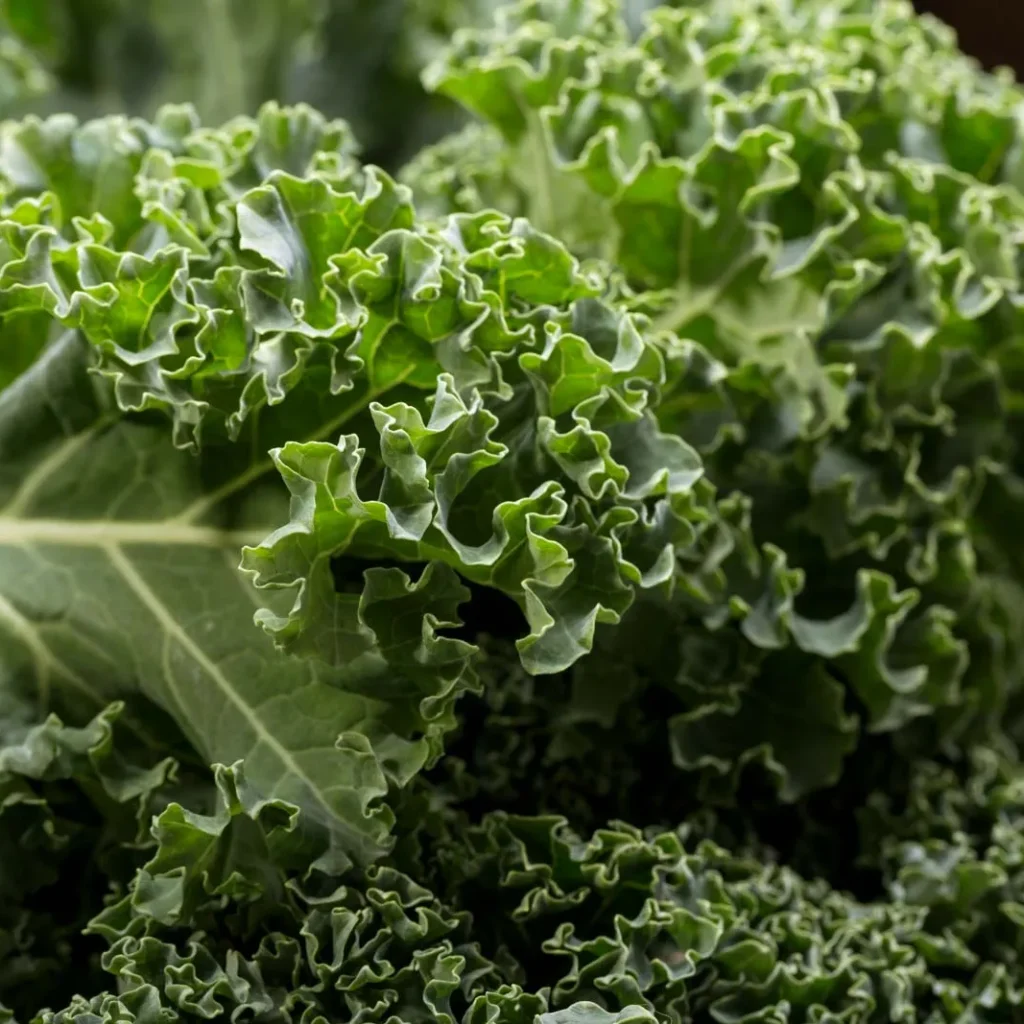
While China leads in production, the kale industry—like all agricultural sectors—faces certain challenges:
- Pesticide Use and Food Safety: Due to high production volumes, pesticide use must be strictly regulated to ensure food safety for both domestic and export markets.
- Soil Degradation and Water Use: Intensive farming can strain natural resources. Sustainable practices, including crop rotation and organic farming, are crucial.
- Supply Chain Management: Kale is a perishable vegetable and requires cold-chain logistics. Improving transport infrastructure is essential to reduce post-harvest loss.
Conclusion
In conclusion, China holds the title of the world’s largest kale producer, thanks to its vast agricultural resources, favorable climate, advanced technology, and growing market demand. As kale continues to captivate the global palate and gain prominence in health-conscious diets, China’s role in supplying this superfood is more significant than ever. While other countries like the United States and Germany are important players, they remain secondary in volume.
Understanding kale production from a global perspective highlights not just agricultural prowess but also shifts in consumer behavior, economic strategy, and sustainable farming. With continued innovation and mindful practices, kale may not just remain a symbol of healthy eating but also of global agricultural collaboration.
